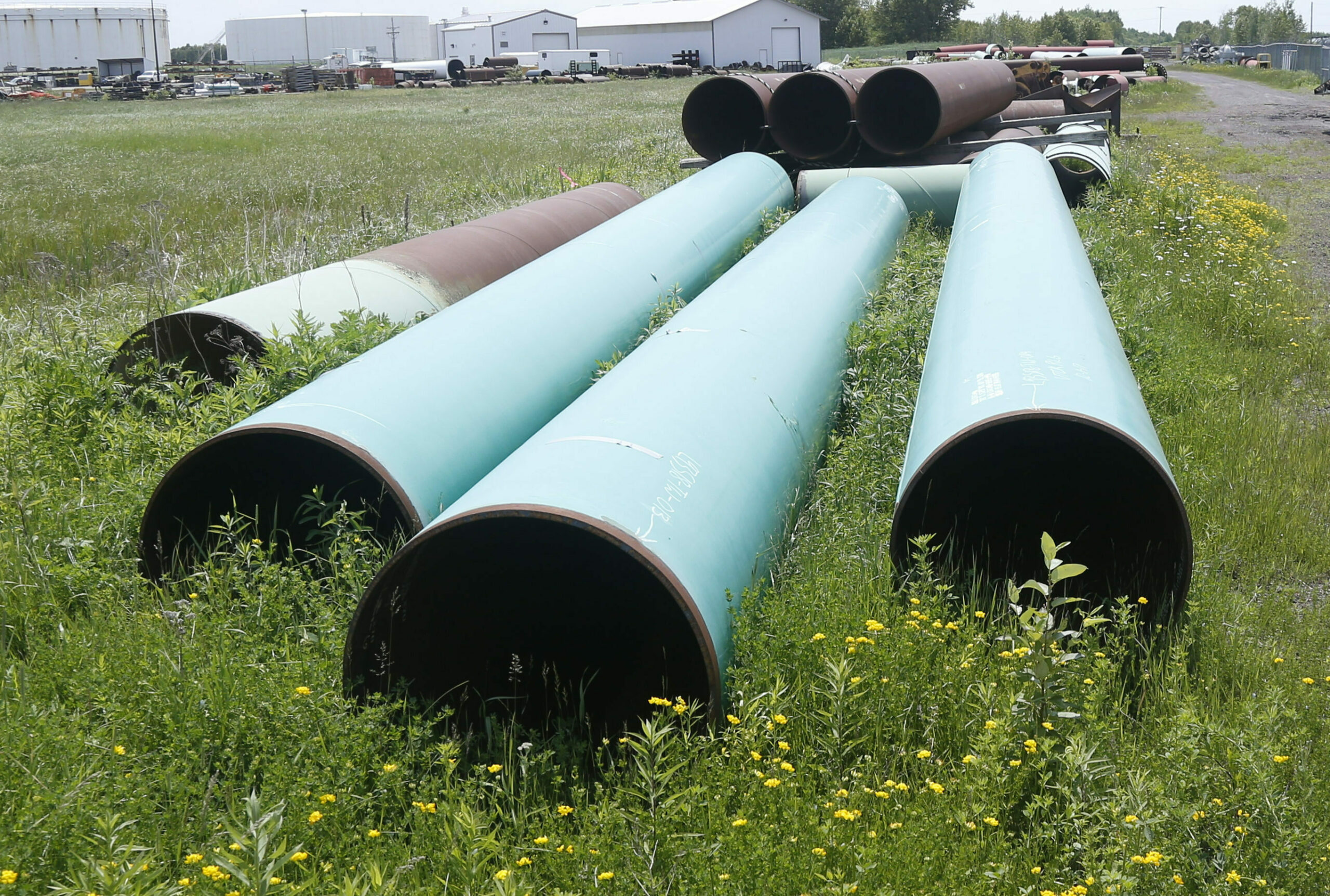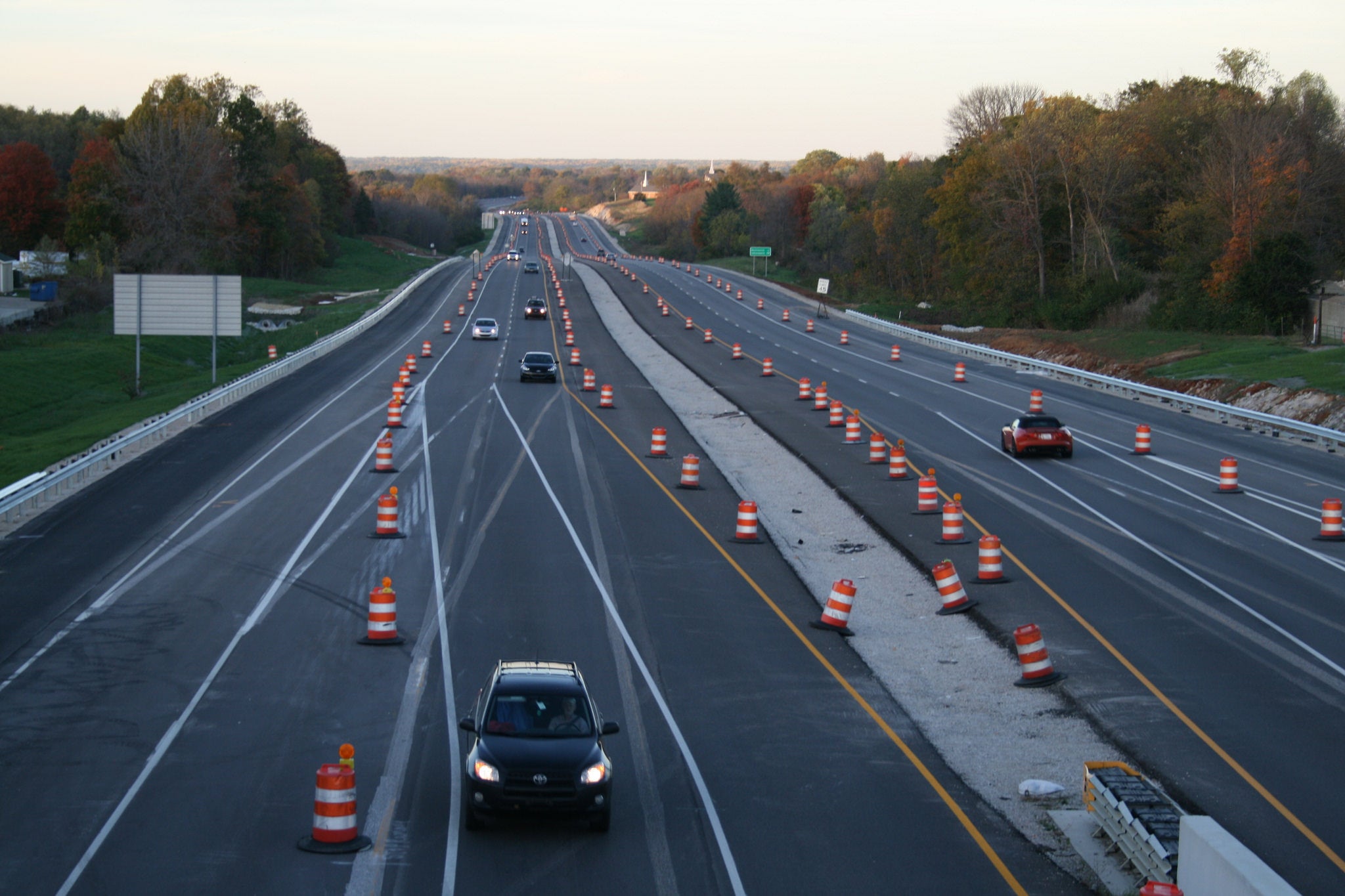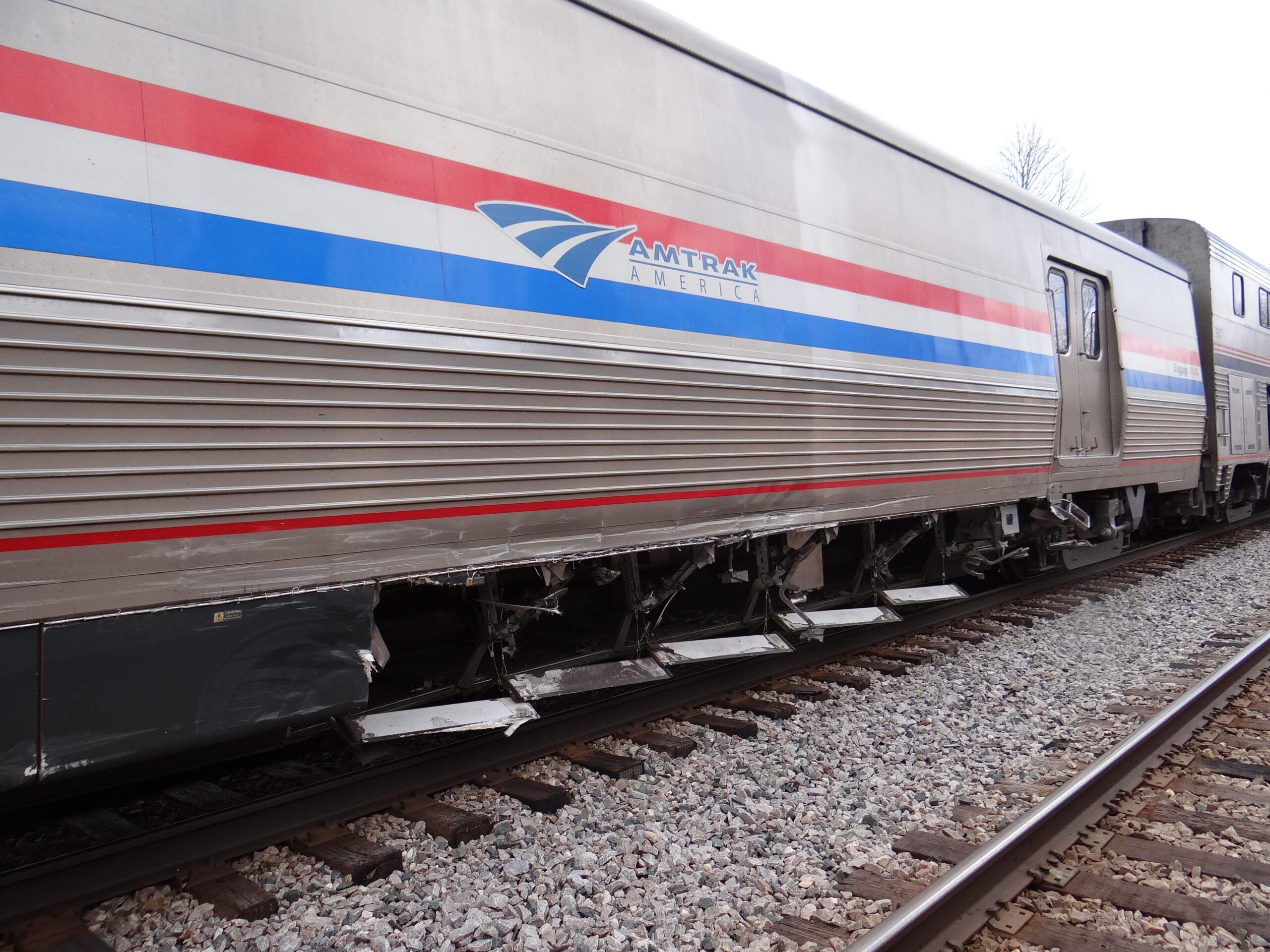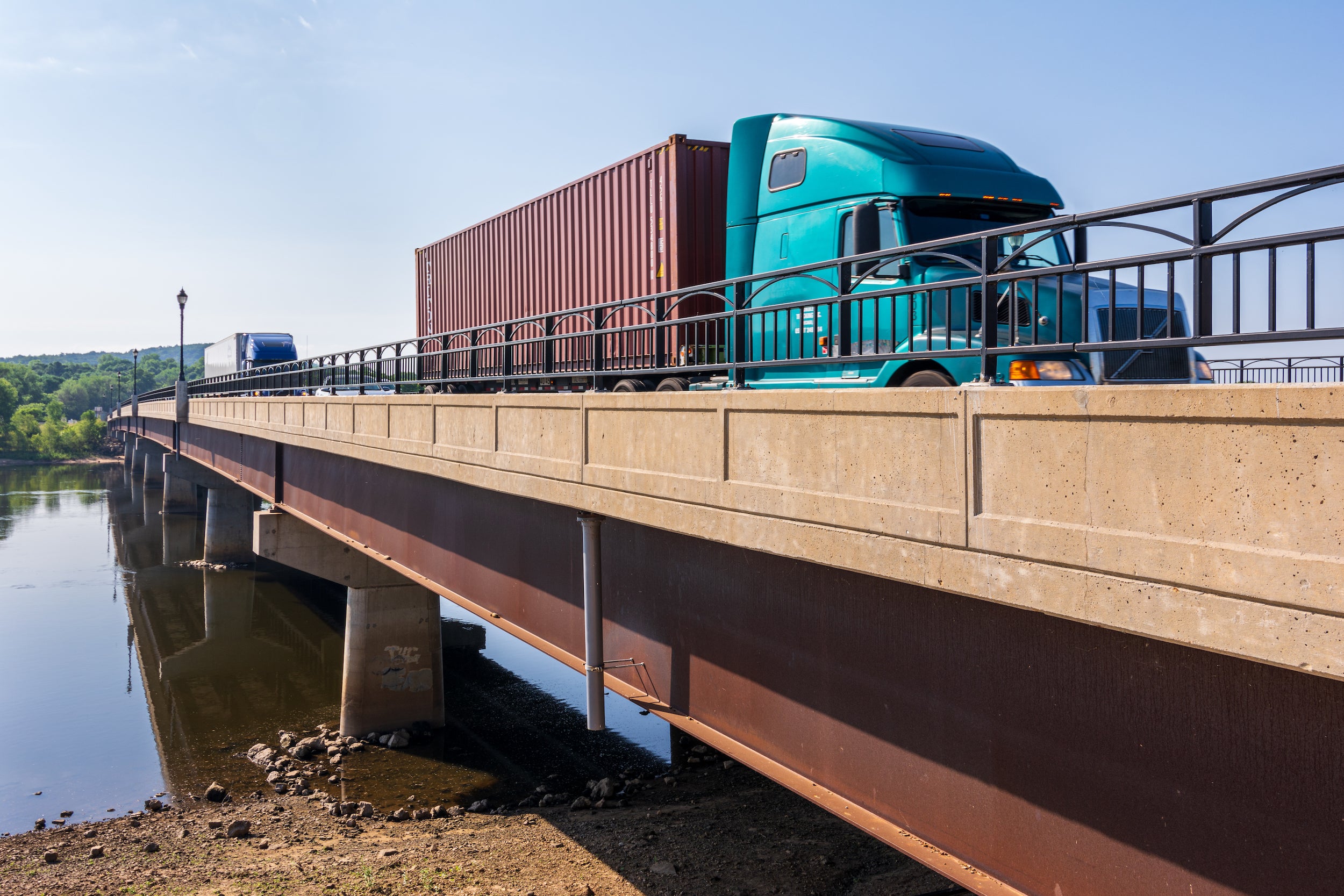Wisconsin earned a grade of C on the 2020 Report Card for Wisconsin Infrastructure, scoring highest in energy and waste. Poor scores in transit and roads pulled down its grade-point average, according to the report card written by more than 50 civil engineer volunteers across the state who awarded grades based on eight specific factors.

A screenshot of Wisconsin’s grades, pulled from the state’s 2020 Infrastructure Report Card. Screenshot by Liz Dohms .
Grades for each of the 13 categories were awarded based on certain criteria such as whether the infrastructure meets capacity, its condition, how much funding it receives and how well it’s maintained, among others.
Stay informed on the latest news
Sign up for WPR’s email newsletter.
Wisconsin got grades of C, C- or C+ in the majority of categories, meaning the infrastructure is in decent condition but is showing signs of age and will require attention. The categories that earned scores in the C range are: aviation, bridges, dams, drinking water, inland waterways, ports, stormwater and wastewater.
While the numbers in the report don’t reflect usage of the state’s infrastructure post-COVID-19, and it’s unclear how the pandemic has affected it so far, the report focuses on future solutions for each category, particularly on policy and calling for more federal funding of specific infrastructure needs.
Energy
The highest-scoring category for Wisconsin was energy, which earned a grade of B.
In part, the grade was awarded because of the state’s ability to meet the needs of its residents into the near future, with most of the power generated by coal, natural gas and nuclear, said Jennifer Schaff, technical research resource engineer for County Materials Corporation in Roberts and president-elect for the Wisconsin section of the American Society of Civil Engineers.
Schaff is co-chair of the 2020 report card.
She said that although rate increases are relatively common in Wisconsin, where residents pay an average rate of 10.58 cents per kilowatt hour, Wisconsinites tend to have lower monthly bill averages because they tend to use less.
“The reasons for Wisconsin’s faster increase in rates is because of increased capital requirement for generation, distribution and transmission,” the report states.
The state’s Focus on Energy program earned it some points, too. The program is funded by utilities and achieves a $4.32 benefit for every dollar in cost, Schaff said.
Roads And Transit
Wisconsin has more than 115,000 miles of drivable roadways, according to the report, and more than a third of them are in conditions that are fair or worse, earning the state a grade of D+.
“If additional funding is not provided, 50 percent of the roads may experience increasing pavements rates at poor or below,” the report stated.
Schaff said poor roads cost drivers in the state $6 billion annually because of wear and tear on vehicles, spending for fuel that wasted sitting in congested traffic and crashes on roads.
The report states Wisconsin hasn’t prioritized funding for its roads since 2014 and as a consequence, some major highway projects have been put on hold.
Although the Wisconsin Department of Transportation has mitigated funding deficits by resurfacing roads that otherwise would benefit from replacement, the practice isn’t sustainable. Over the next 10 years, the state will require $180 million annually to keep pace with current road conditions, Schaff said.
Safety on roads is a concern, too. Schaff said roadway features likely contribute to about a third of fatal traffic crashes.
“This is tremendously significant to drivers on rural roads in Wisconsin, where the state fatality rate doubles the national average,” she said.
The public services that utilize these roads, such as bus systems and taxi services in rural areas, didn’t fair any better than roads in the report, with a score of D+.
Transit is a funding issue, Schaff said, adding that while most funding comes from local property taxes, they’re not adequate for meeting the needs.
Wisconsin also gets federal funding for transportation, but it’s been significantly reduced.
“It’s really jeopardizing the reliability of the network,” Schaff said.
Wisconsin Public Radio, © Copyright 2025, Board of Regents of the University of Wisconsin System and Wisconsin Educational Communications Board.




